I was asked to write an article for the recorder about our experiences at ARAM with “International Marketing.”
As with most life lessons we must usually look backwards before we look forward, so I will start with a very short history of ARAM as a division of Geo-X Systems Ltd.
History
Near the end of the last century (around 1990), Geo-X completed a 10 year run as a seismic contractor. Some of you with long memories may remember the Geocor IV crews that used to rumble over the western plains recording Vibroseis data. As part of the experience of trying to coordinate 1000+ active seismic channels Geo-X had an in-house R&D engineering group that endeavored to invent new hardware with an aim to add flexibility to our field operations.
These R&D efforts eventually led to the development of the first ARAM recording system which was purchased and operated by Trace Energy. Thinking it may not be a good idea to compete directly with our possible future customers, Geo-X sold off its seismic crews and the ARAM manufacturing division was born.
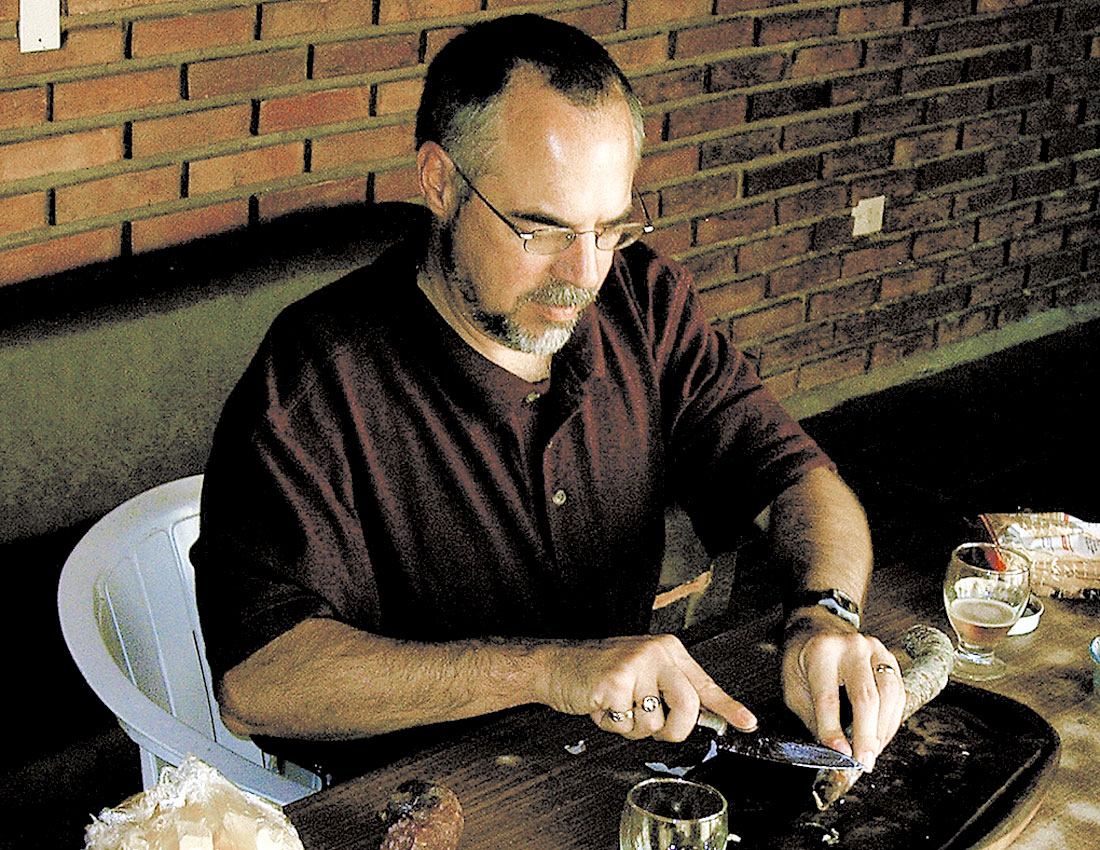
So much for how the product was born - we now had the problem of finding customers for the product! As with most products we buy, even in our personal lives, competitive pricing comes from volume manufacturing. The Canadian land seismic market on its own could not support the eventual volumes that would be necessary to sustain a profitable and evolving manufacturing business. What else was there to do – we had to start looking outside of our comfort zone and start traveling the world. First Stop – the SEG Convention.
Geo-X took a Canadian designed trade-show booth to the 1990 SEG convention in San Francisco. We came home from that convention with a salesman living in England, and an agent in the USA. Today ARAM has two factories in Calgary, and employees in Calgary, Houston, and Argentina, along with agents in Russia, China, India, the Middle East etc.
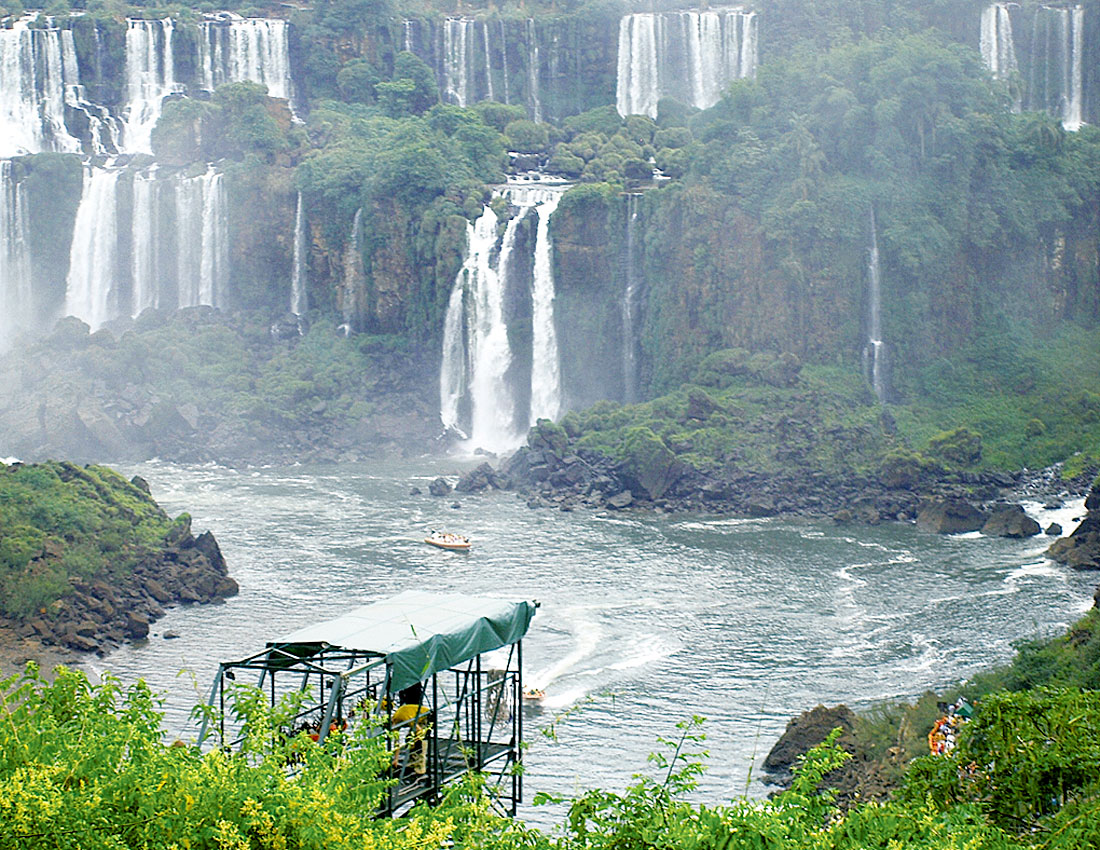
The streets are paved with Gold!
Someone asked me “Is it as good as everyone always claims it to be?” I think, “everyone”, usually turns out to be other people looking for a chance to make money by being a middle man in the sale of your product. In the end for ARAM, the “International Market” reward is based on hard work by both our employees and our agents. I personally have not met a company in the geophysical market place that has made their money without doing the work.
Being in any market means marketing
- Marketing means being seen, being heard, being responsive, and being talked about.
- Being seen: up to 20 trade-shows and/or conferences in a year. Advertisements, sponsorships, papers, committees.
- Being heard: three to four days at a time on the trade-show floor. Formal presentations in board rooms and offices in every corner of the world.
- Being responsive: new ideas, technologies, innovations and evolutions not only in your own shop, but by those darn competitors.
- Being talked about: this one comes as a result of all the other things you do. After almost 16 years of travel, talk, and performing, you could say that ARAM is an “overnight success”.
It is not always as simple as it sounds!
If I was to look back to 1993 when we made our first international sale of ARAM equipment, I would have to say, we have sure learned a lot. Each market has its own culture. Friendship breeds trust, but negotiations are still negotiations. Agreements made easily at the sales level, sometimes become complicated by lawyers and precise wording at the contract level.
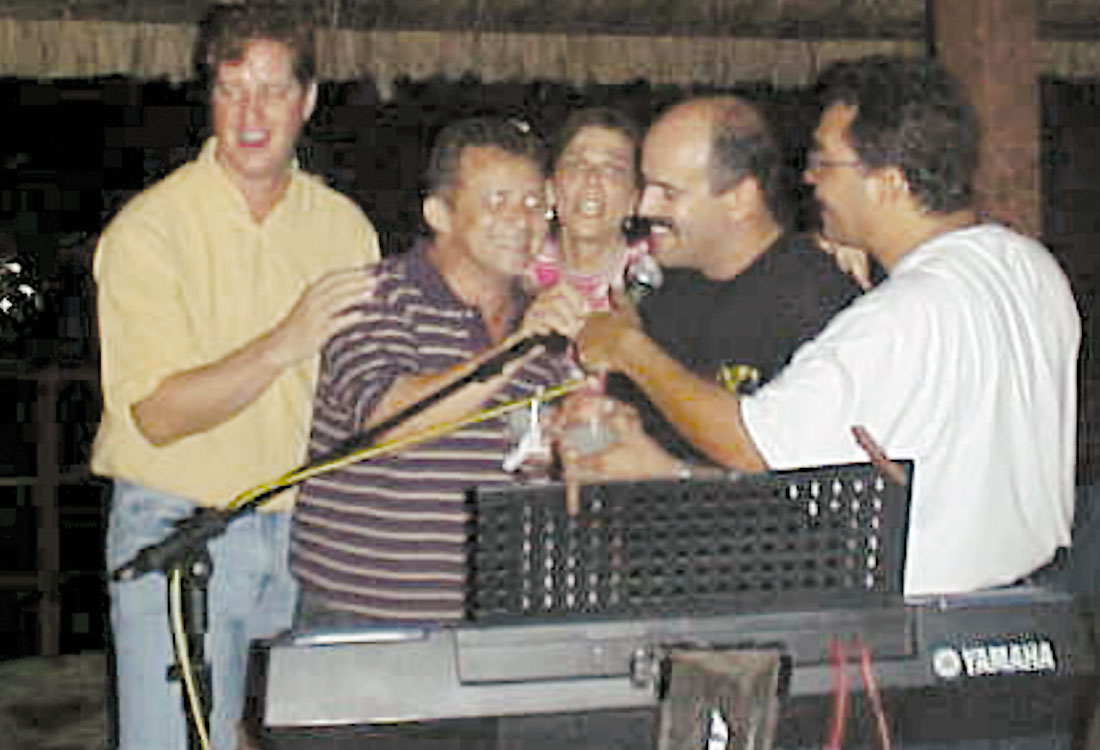
A delivery date in North America under NAFTA means the client gets his product within a day or two of leaving the loading dock. But many other countries seem to have a whole industry built around “Custom’s warehousing.” Having a good Customs Broker, Shipper, and a lot of patience helps. Admitting that you don’t know and seeking out detailed information about “normal” customs operations in the country of destination can help ensure the client gets their much needed equipment before their shooting season is over.
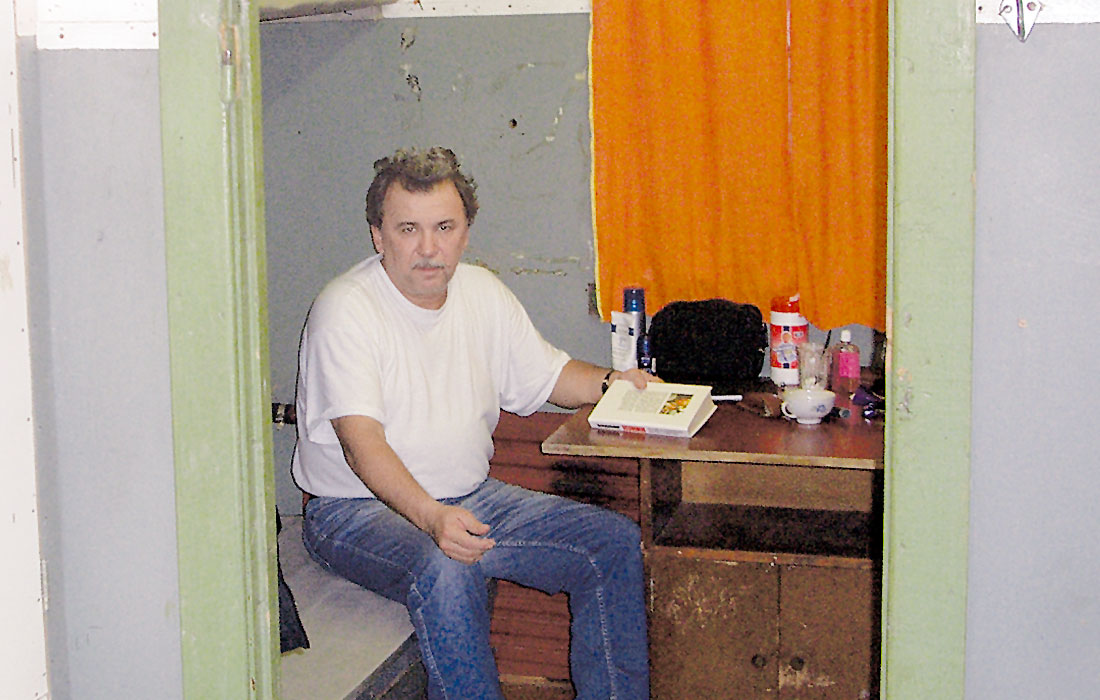
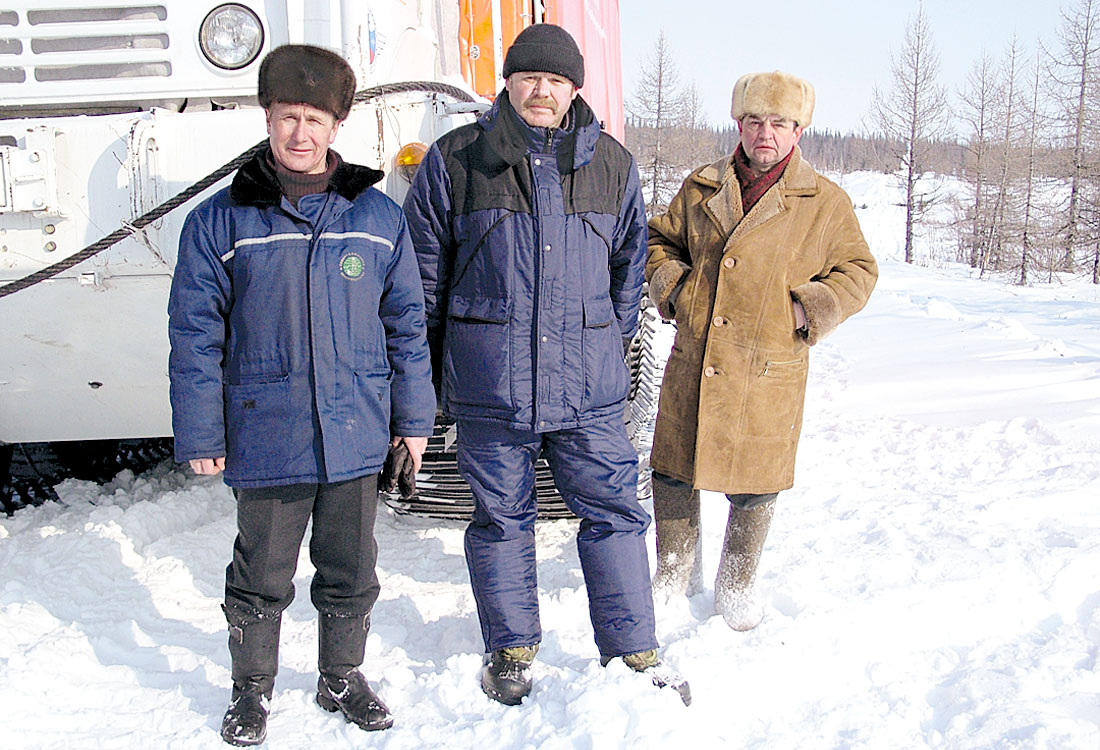
However, one advantage of working within the seismic recording industry is that many of the people working in the field have experience. Although different topography presents unique challenges, the basic methods employed around the world are the same. This makes training, and providing ongoing service assistance much easier. While I am talking about ongoing service it must be emphasized that putting your products into the international market means a lot of travel. Not just for the marketing guy, who may spend one to two weeks at a time on the road promoting and selling, but also for the trainers, and field support people, who may spend a month or more getting a new seismic crew up and running.
Join the Army and see the world!
Personally, I can best relate the travel aspect of international marketing this way. It becomes a long commute to work. Although spending time in Brazil in January is enjoyable, it is usually followed by a trip to Northern Alberta within two days of arriving home: +40 C to -50C in 72 hours. My customers on the other side of the globe deserve and get the same attention as the customers that beat me at curling every week. For the house and family, it means about 3 to 4 months of weekends lost. (Not that I wouldn’t rather be sitting by a hotel pool than shoveling snow.) It still takes a special type of person, with a special type of spouse to accept the juggled schedules. Again this applies to both marketers and field support personnel. Oh, and if you’re the president of your company and think you’re immune, think again. Since taking over as president in 2000, Chris Chamberlain has been averaging eight trips a year to support international marketing, establish remote office locations, and generally give the executive commitment of support to our clients.
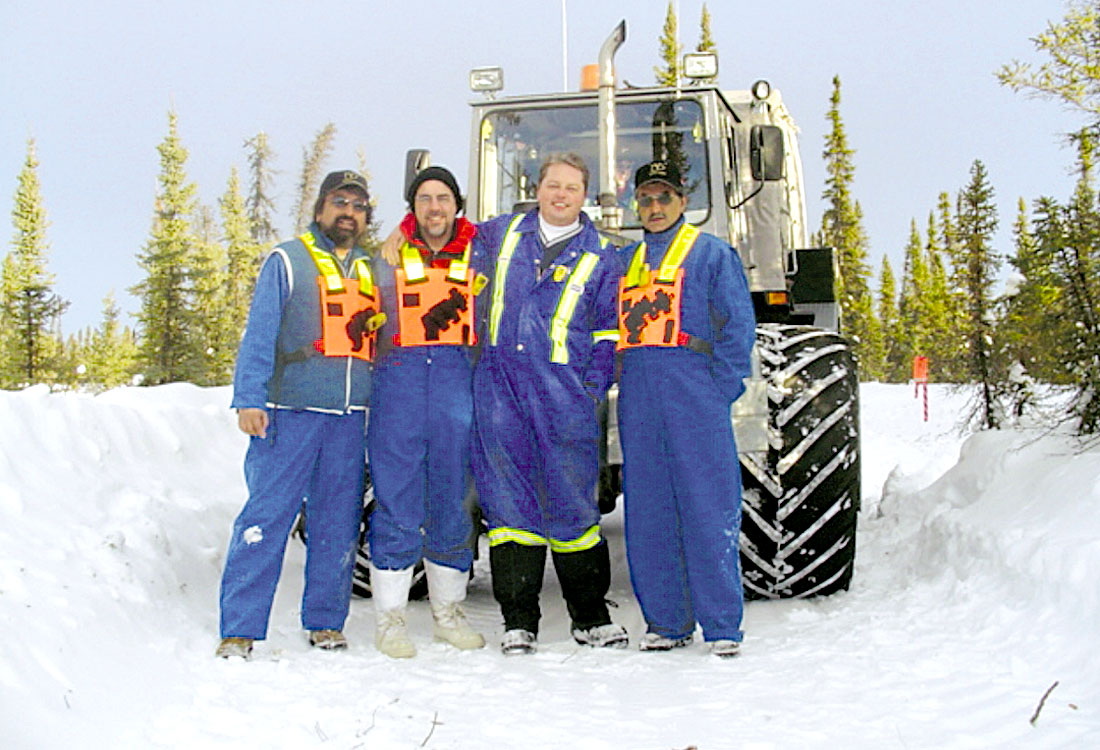
Every cloud has a silver lining
One benefit of travel, is getting to meet new people and touching the pages of National Geographic. Because we have the same interest in seismic exploration, we always have something in common with the people we meet. Business relationships become friendships.
Friendships mean new places for family holidays with local support. Two examples: For my 15th wedding anniversary I was in China. My wife joined me there and BGP was kind enough to provide a driver and interpreter for a week of touring after my work was finished.
This past year, I was able to parlay my friendships in Brazil into a fantastic family trip to Salvador, Iguazu and the Amazon. All arranged by a travel agent that is a close personal friend of one of my friends at Petrobras.
Life is what happens when you’ve made other plans
Some times international travel can be too exciting. In May 1998, while traveling to Bolivia from Venezuela with a Houston based colleague, our plane had a little mechanical difficulty. Unfortunately we were a few thousand feet in the air at the time. LAB flight 923 from Caracas to La Paz, a vintage 727-100 jet, couldn’t lower its front landing gear. Here’s the short Version:
Attendant: “Ladies and gentleman this is the position to assume for our crash landing.”
Gary J & Gary B: (no words, just thoughts, keep breathing, and maybe a prayer or two)
Attendant: “After we land when I give you the instruction, make sure there is no fire, and then open the door and step out on to the wing.”
Gary J & Gary B: “ OK!”
… the plane lands on the back wheels, the nose drops and drags, my eye glasses fall under the seat and slide forward, the pilot slides us to a safe stop, no injuries!
And now the rest of the story:
NO FIRE – a good thing
NO Emergency slide on the wings of a 727-100 – a bad thing
Emergency slide on the main cabin door – a fun thing
Gary B coming down the slide carrying his bottle of Jack Daniels – a beautiful sight Another
727-100 flight to Santa Cruz – a two hour wait.
Fortunately I have not had that type of excitement since.

When traveling abroad wear a Canadian Flag
“Is it advantageous to be a Canadian company in the international market?”
Well, like all things in life, yes and no.
Canadian companies are not restricted from doing business in many countries. I think Canadians generally think of themselves as being “kinder and gentler” than some other cultures. But at the end of the day, when you’re talking about products and services that can run into the millions of dollars, quality of product and service must be there.
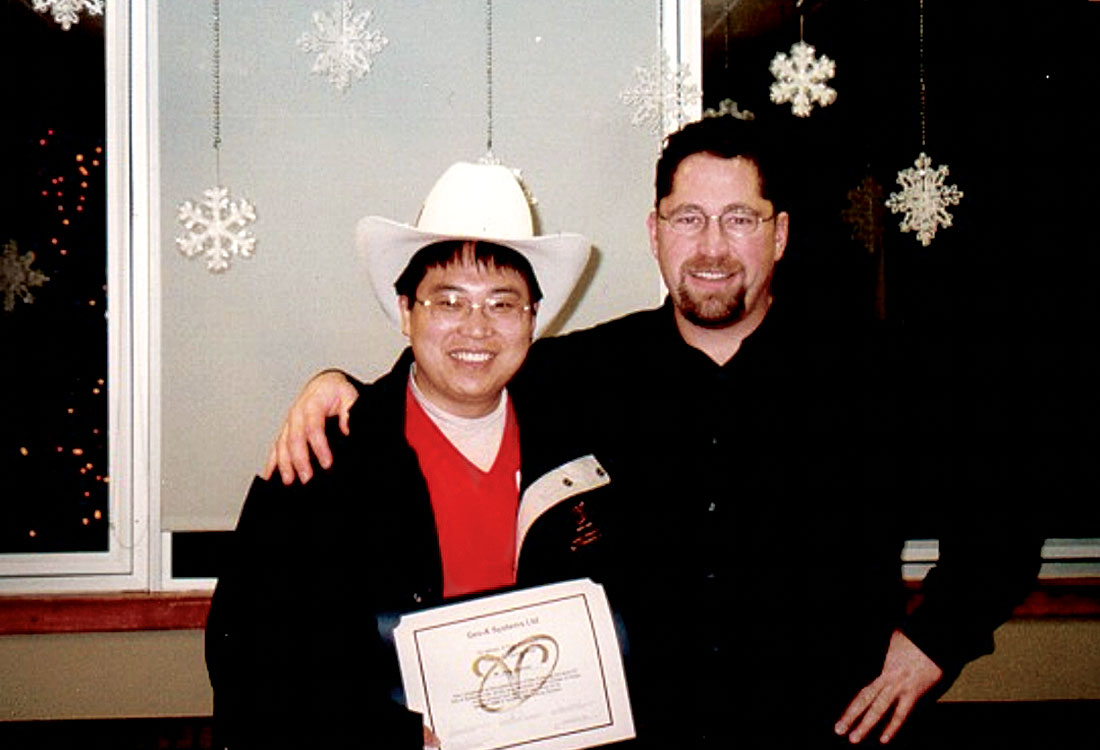
The Short Version
To conclude this report from the road, I would say being in the international market has its Good points and Bad points.
Good for your personal and corporate ego to be known of and to see your product at work in so many places around the world.
Good for your revenue stream once you get established.
Bad if you like to spend every weekend at home.
Bad if you don’t like to fly.
Bad if you don’t have the time and money to establish your name and product benefits even in a down market, getting ready for the up market.
(9 years from ARAM’s first visit to Brazil until our first delivery to a Brazilian client.)
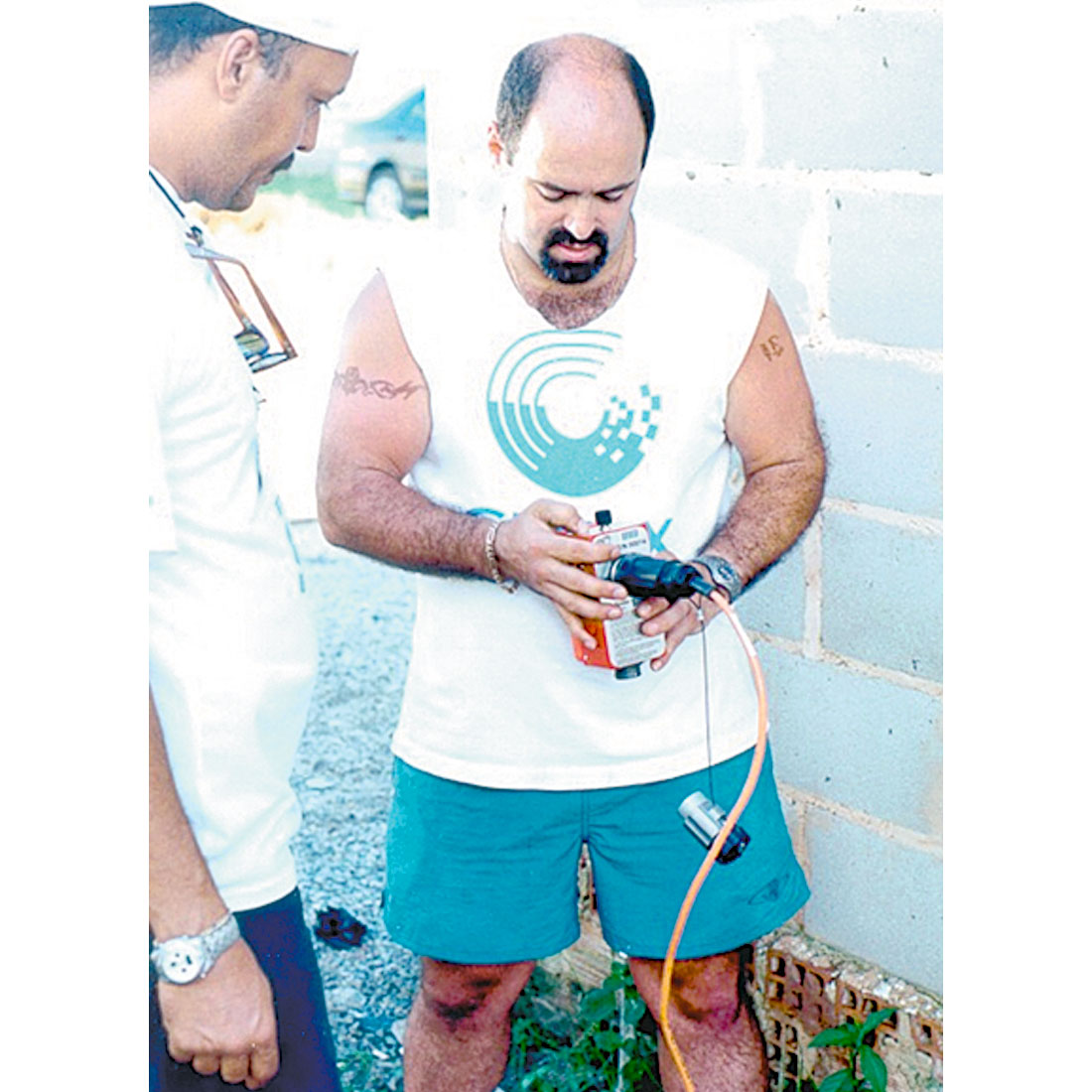
But don’t just take my word for it, ask Mike Gailbraith, or Andreas Cordsen, or Brian Russell, or Hart Janssen, or Stewart Gall, or Garry Kelman, or Judy MacDonald, just a few of your neighbors and friends that I have met up with on the road.
That’s it for now – gotta go!











Join the Conversation
Interested in starting, or contributing to a conversation about an article or issue of the RECORDER? Join our CSEG LinkedIn Group.
Share This Article